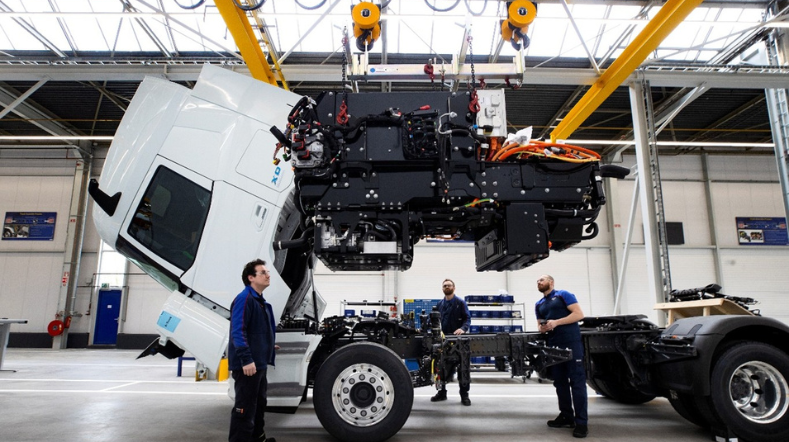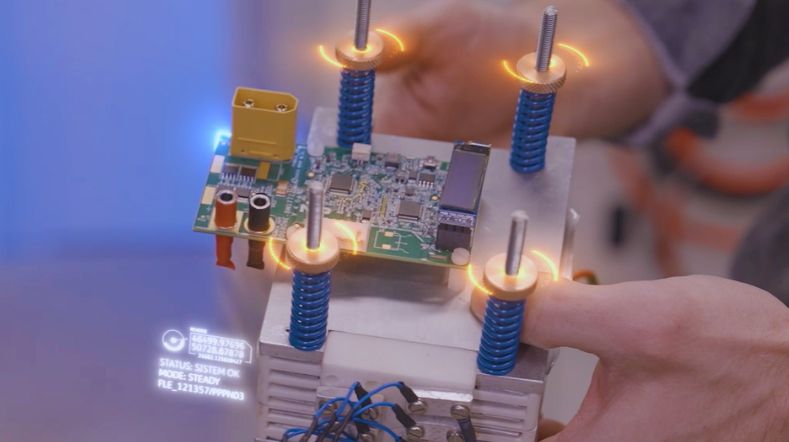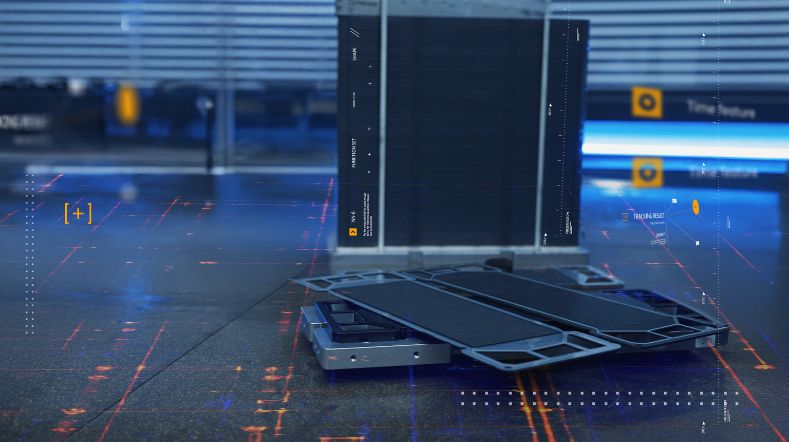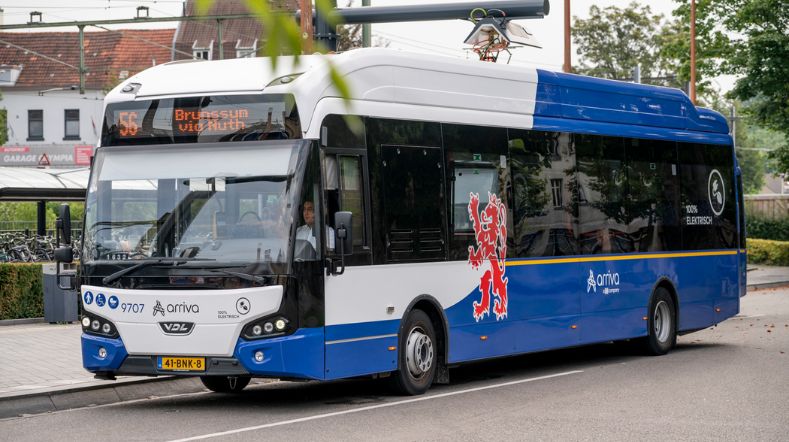
Charging Energy Hubs: Accelerate transition to sustainable mobility in the Netherlands
In cooperation with
Shell, TU/e, Damen Shipyards, Fontys, Brainport, Heliox, Sycada, DENS, ElaadNL and more
The project Charging Energy Hubs (CEH) seeks to develop core technologies for the deployment of large charging squares (i.e., charging energy hubs) in the Netherlands. TNO accelerates the sustainable mobility transition by providing innovative software solutions to design, operate and evaluate charging energy hubs.
Zero-emission vehicles
The transition to zero-emission vehicles is crucial for reducing greenhouse gas emissions and improving air quality. This project focuses on the development of digital twins and charging planning tools to optimise the deployment of electric fleets. Key stakeholders include logistics companies, governments, and energy companies that benefit from the results of this project.
Charging Energy Hubs (CEH)
To enable the transition to sustainable mobility in the transport sector of the Netherlands, it is necessary to massively deploy charging squares throughout the country. The project Charging Energy Hubs (CEH) seeks to develop core technologies for the deployment of large charging squares (i.e., charging energy hubs) in the Netherlands. TNO collaborates with these core developments by providing innovative software solutions to design, operate and evaluate charging energy hubs.
For CEH, TNO will develop and test several innovations to enable the deployment of charging energy hubs. These innovations are focused on supporting fleet operators to use electric vehicles, optimising the design and operation of charging energy hubs and analysing the business cases of:
The development of digital twins for zero-emission vehicles helps support fleet planning and charging needs. These digital twins provide useful information, such as the state of charge (SoC) upon arrival at the depot, the power profile required to charge a vehicle, and the energy needed for an upcoming route.
The further development of a charge planning tool will support the operation of electric vehicle fleets in logistics operations. This tool considers assets of the Charging Energy Hub (CEH), such as local power consumption and generation, as well as the fleet's planning requirements. Discover more >
Analyses of energy balances, sising, and configurations of Charging Energy Hubs (CEH). These analyses determine how CEH can be technically and economically feasible to design and implement, provided they are legally and organisationally viable.
Creating a scaling assessment framework for scenarios to quickly deploy the solutions generated within the project across the Netherlands. Part of the analysis will address the barriers and factors the Netherlands needs to overcome to accelerate further, as well as any national and European policy instruments that will be key to the success of the scaling.
The development of algorithms for logistical planning, including energy management of electric trucks. In other words, optimising the combination of logistics management and energy management of electric trucks. Discover more >
Development of system solutions for digital representations of actual physical assets. This includes handling the Digital Twin, its models, and data through a online platform. Digital twins will belong to various organisations, including the entire logistics chain. Such a platform must support different models needed for the Digital Twin of the truck, specifically considering the exchange of sensitive information between the models, which run on the truck and in a centralised environment.
For each of the three use cases in the project, three business model scenarios will be developed according to the Collaborative Business Modelling approach of TNO and the Business Model Radar of TUe. This approach has been developed for shaping the exploitation of innovations in which several parties jointly carry out business model innovation. In the approach, stakeholders work together in environmental analysis, design of business models, evaluation and an implementation plan. Roles and responsibilities are laid down parallel to this in a governance model.
Partners
The Charging Energy Hubs (CEH) project is being carried out in collaboration with a wide network of leading partners. These partners provide essential knowledge and technologies that contribute to the successful development and deployment of the charging energy hubs.
Thanks to all our partners: Heliox, Scholt Energy, ElaadNL, Recoy, Shell, TU/e, NKL, Sycada, Fontys, Damen Ship yards, Dynniq, DC systems, REF (Renewable Energy Factory), Van Berkel, TSN Groen, DENS, ZES, ACE mobility, Brainport, Seece, Connectr, Coldservices, Rocsys & Fluidwell.
Expected results
Upon completion of this project, the developed solutions will be further scaled and rolled out in the Netherlands and potentially beyond. Next steps include the further development of the charging planning tool and Digital Twin technology, as well as the implementation of the business model scenarios.
Collaboration and support from logistics companies, governments, and energy companies are essential for this. The expected results include more efficient use of electric fleets, lower operational costs, and a significant reduction in greenhouse gas emissions.
Interested in collaborating?
Curious about TNO's role within CEH? Feel free to contact one of our experts.
Get inspired
National Growth Fund invests in Dutch battery consortium for heavy duty transport


TNO opens test cell for sustainable marine engines


Battery technology: 4 developments according to the Battery Lab


Fuel cells crucial for decarbonising heavy-duty transport and non-road machinery


Health of electric bus batteries now measurable on-site via charger



